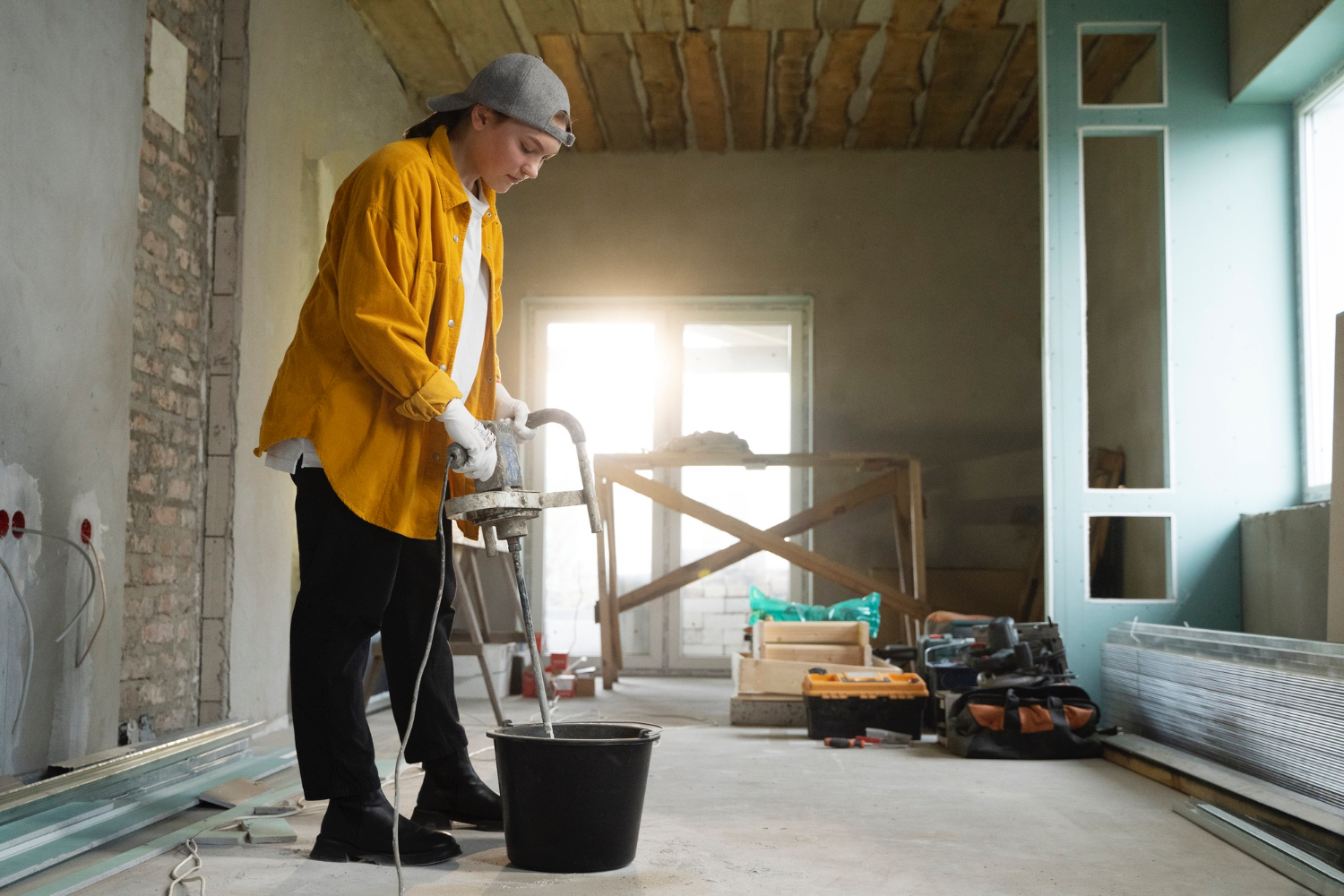Home pride often blurs into myth about what is allowed on private property. Many projects feel harmless or thrifty, yet local codes treat them as risks to life, water, and shared space. Rules vary by city and state, but patterns repeat: permits, setbacks, and qualified trades. The gray areas cause trouble, not villains, just shortcuts running into enforcement. The aim here is clarity, naming common missteps and why the law cares, so homes stay safe, neighbors stay civil, and value built today survives the next inspection.
Unpermitted Electrical Or Plumbing Work
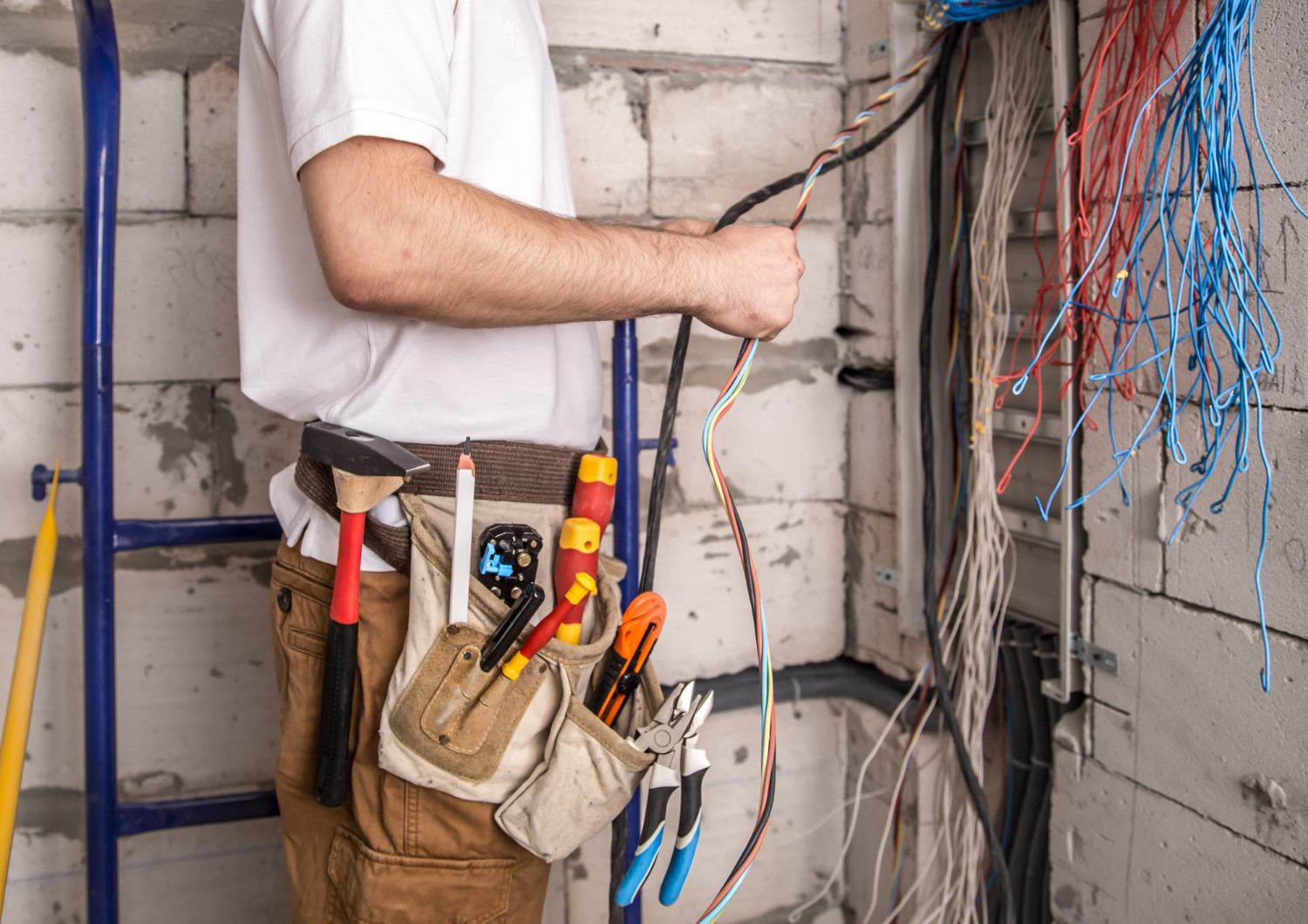
DIY wiring, panel swaps, or rerouted drains may look tidy, yet most jurisdictions require permits and inspections for safety-critical work. Hidden junctions, undersized breakers, and improper traps spark fires, shock hazards, leaks, and mold that surface months later. Licensed trades pull permits, size conductors and vents correctly, and document tests that protect residents and first responders. Skipping that chain is illegal in many places and often voids coverage when an insurer investigates the cause of damage.
Removing A Load-Bearing Wall Without Approval
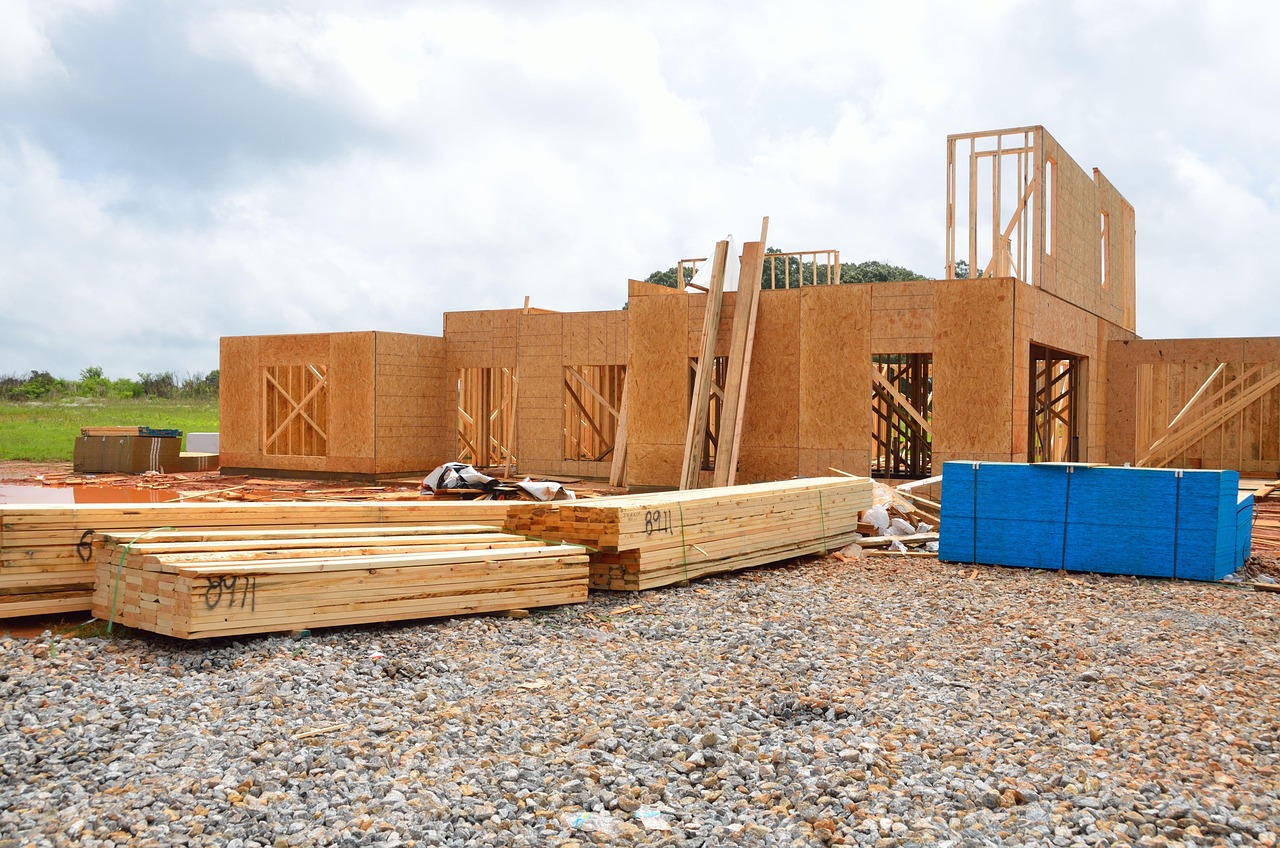
Open-plan dreams meet physics at the first hammer swing. Structural walls carry roof and floor loads that must be moved into engineered beams and posts with proper connectors and fire blocking. Cities typically require calculations, a permit, and staged inspections to verify spans and anchorage. Unapproved removals sag slowly, crack tile and drywall, and can fail under snow, storage, or a second-story remodel. Even notching for ducts or doors can violate code and trigger corrective orders.
Converting A Basement To A Bedroom Without Egress
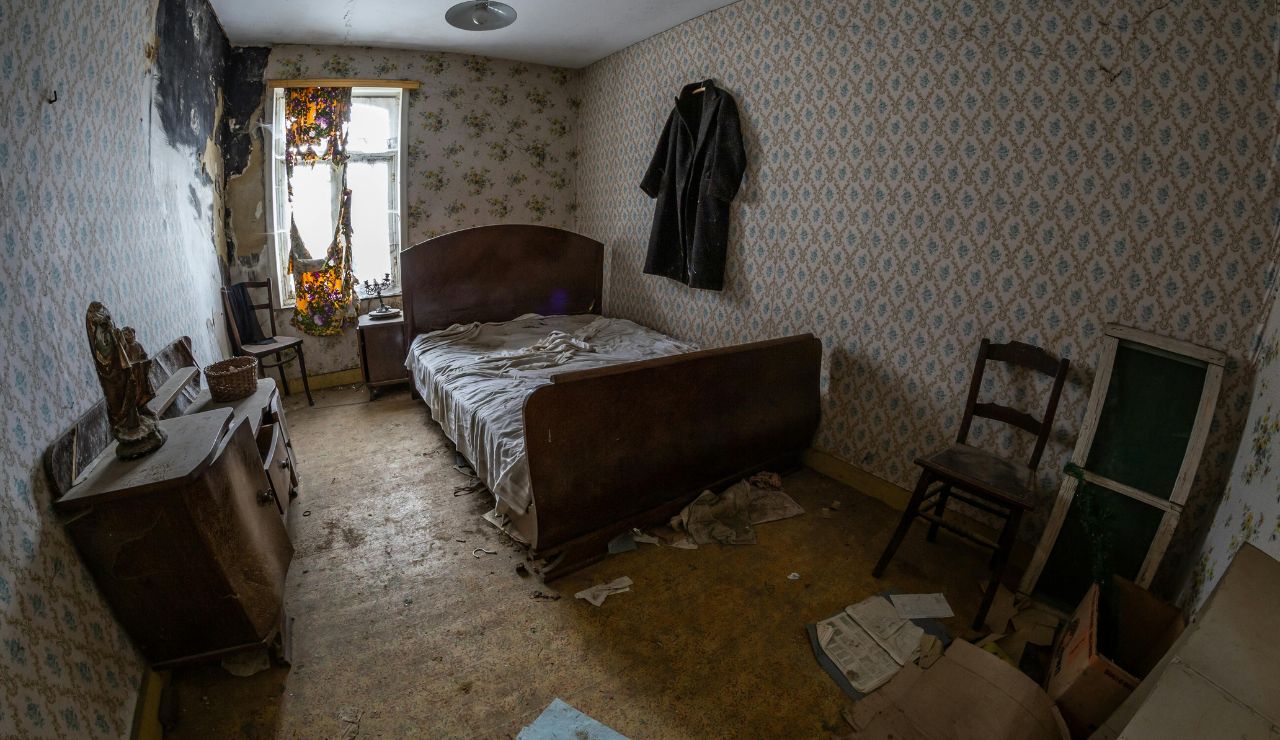
A legal bedroom needs a safe exit sized for rescue, usually a window or door with specific clear opening, sill height, and ladder well dimensions. Basement conversions that skip egress trap occupants in smoke and block firefighter access, which is why many codes also require hardwired interconnected alarms. Unpermitted rentals often hide this risk behind fresh paint. When discovered, officials can issue vacate notices, fines, and mandate concrete cutting and reframing that cost far more than doing it right.
Operating Short-Term Rentals Where Prohibited

Hosting looks simple on a platform, but many cities cap nights, require licenses, collect lodging taxes, or ban rentals in certain zones and condo bylaws. Neighbors complain about noise and parking, and regulators levy fines per day and back taxes for unregistered activity. Insurers and HOAs may deny claims tied to prohibited use. Legality hinges on local rules, not an app switch, and compliance usually means permits, safety equipment, and quiet-hour standards that protect the block.
Piping Roof Drains Or Sump Pumps Into The Sanitary Sewer
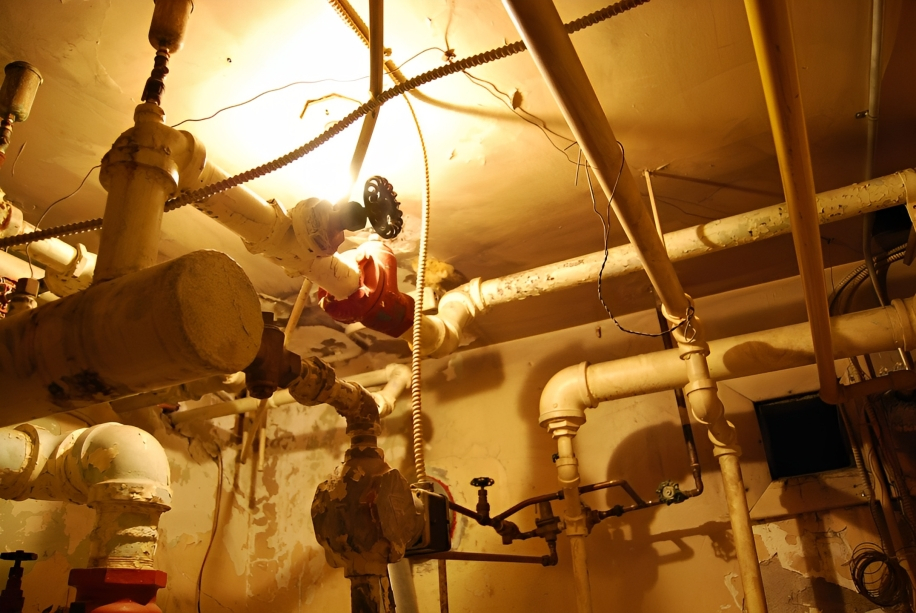
Rainwater belongs in storm systems or on-site infiltration, not in sanitary lines. Tying gutters or sump pumps into a sewer lateral overloads treatment plants during storms, causing basement backups and raw discharges downstream. Cities treat cross connections as illegal pollution and can require dye tests, correction, and penalties. Legal fixes include splash blocks, dry wells, french drains, or permitted storm connections that keep clean water out of wastewater pipes and leave room for actual sewage.
Building Fences Or Hedges That Encroach Or Exceed Height Limits

Property lines are not guesses, and sightlines near streets matter. Most municipalities cap front yard fence height, set visibility triangles at driveways, and forbid structures in public right of way. A hedge or wall that creeps over a line can block views, trap pedestrians, or violate utility easements. Survey pins, neighbor agreements, and simple permits prevent later demands to remove work at the owner’s expense. Encroachments often surface during sales when title reports flag the issue.
Cutting Protected Trees Or Pruning Street Trees Without Permits
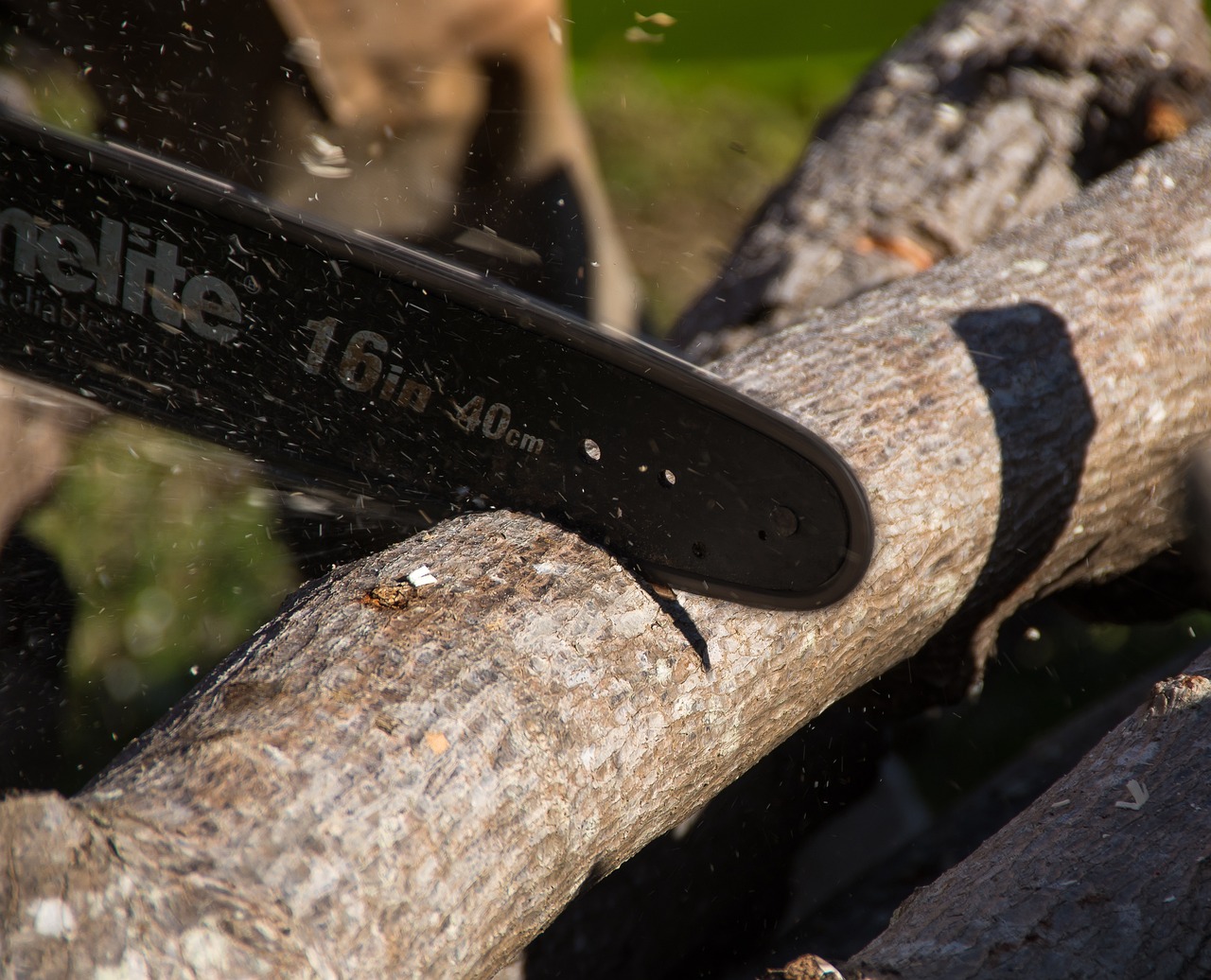
Many cities protect landmark species and treat street trees as public assets, even if the homeowner waters the strip. Unauthorized removal or heavy pruning can bring stiff fines because canopy cools streets, stabilizes soil, and manages stormwater. Utility clearance and risk pruning usually require certified arborists and permits, with replacement plantings specified by species and diameter. Misreading the curb strip as private space turns a quick trim into an expensive lesson in urban forestry law.
Running New Gas Lines Or Fuel Tanks Without Licensed Work

Gas piping demands pressure tests, shutoff placement, sediment traps, and approved materials routed with clearances from ignition sources. Improvised lines to ranges, fireplaces, generators, or outdoor kitchens introduce leaks that migrate into cavities and ignite from tiny sparks. Above ground propane cylinders and buried oil tanks follow strict setback and anchoring rules. Permits document tests so future service stays safe. Unlicensed work can void insurance after a fire and create criminal liability in severe cases.
Dumping Paint, Solvents, Or Oil Into Drains Or Soil
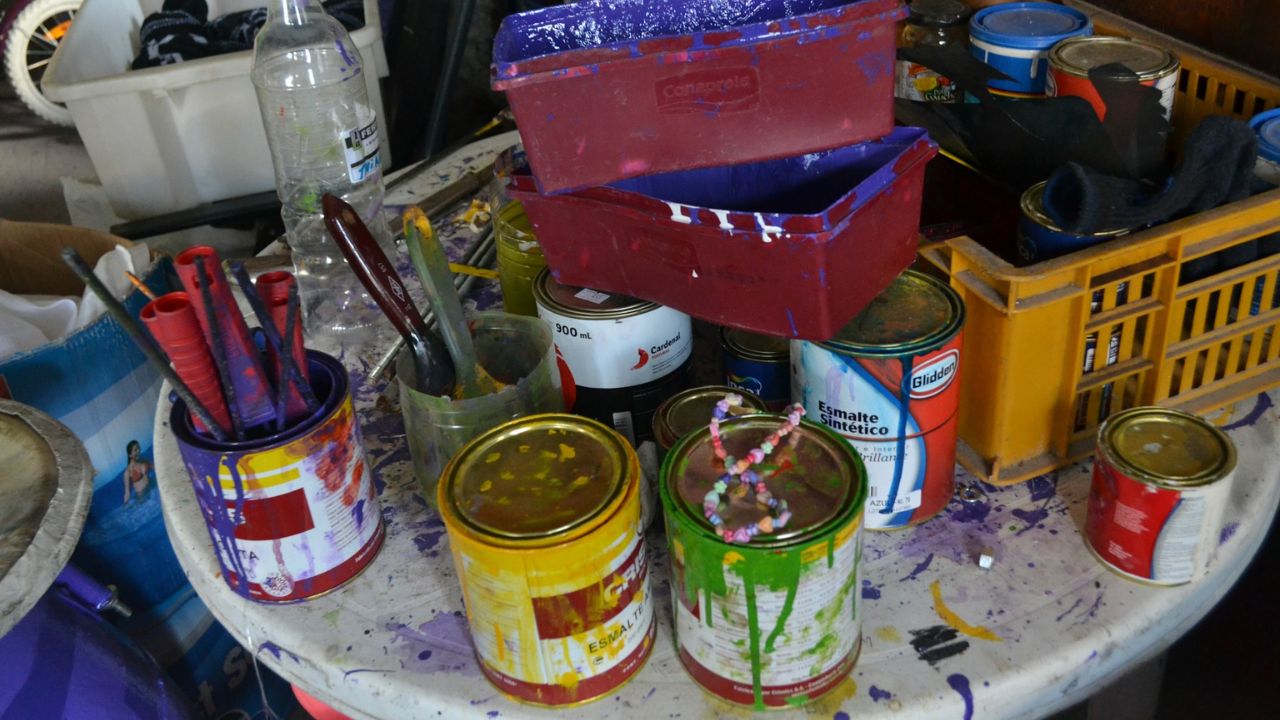
Leftover paint, thinners, and motor oil feel small at the can level, yet become toxic in creeks and groundwater. Many regions classify these as hazardous waste with drop-off events and year-round collection sites. Pouring leftovers into sinks, storm grates, or backyard pits violates environmental laws and stains property records. Proper handling is simple: let small amounts of latex paint cure in air for trash, and take oil, solvents, and batteries to authorized centers that track volumes.
Tampering With Electric, Water, Or Gas Meters
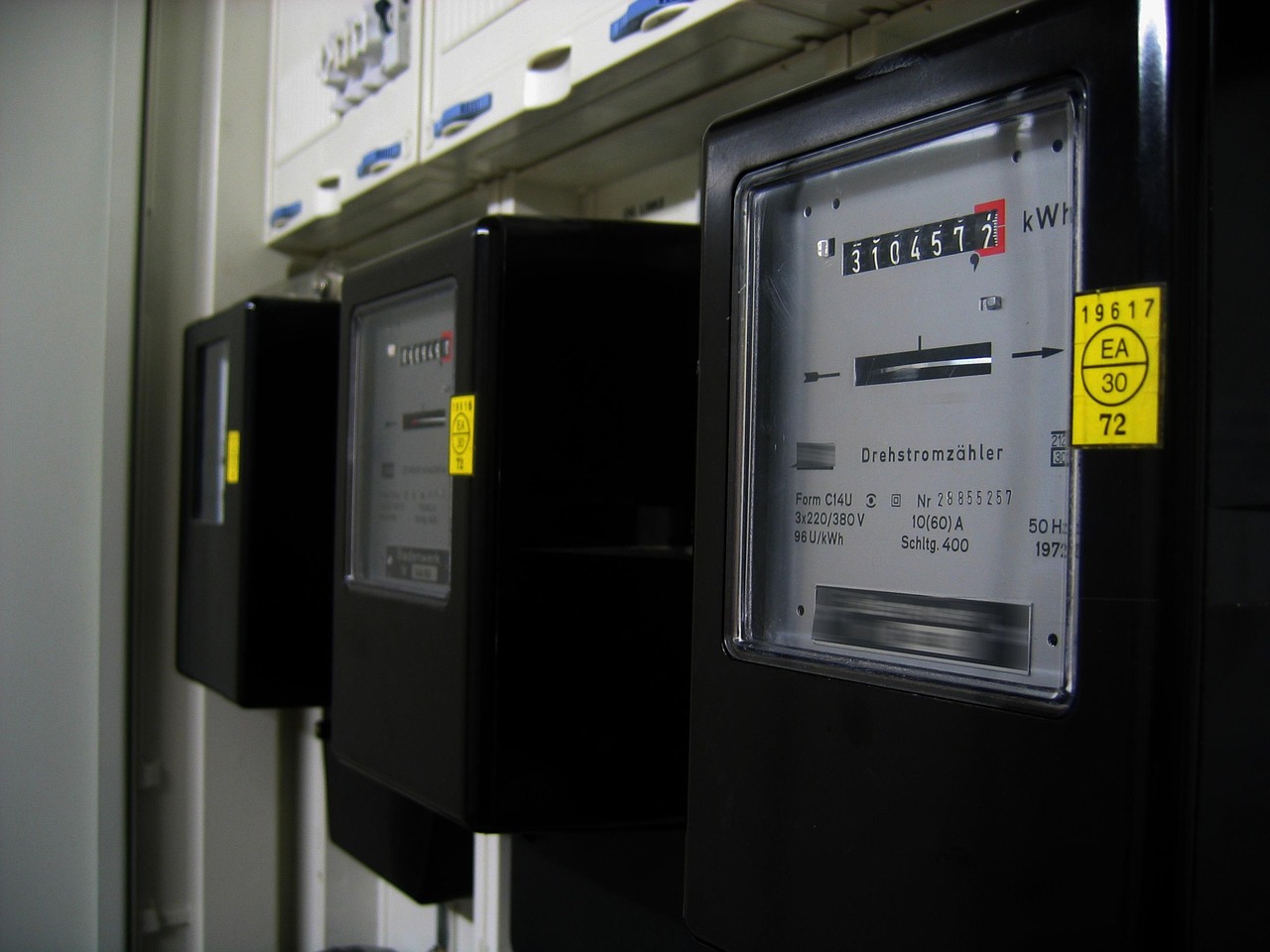
Breaking seals, bypassing meters, or tapping service ahead of the meter is theft and dangerous. Live equipment arc flashes, gas leaks, and pressure shocks injure quickly when untrained hands pry into utility housings. Providers prosecute meter tampering, issue back bills based on estimates, disconnect service, and refer cases to law enforcement. Maintenance inside the home is one thing, but meters and supply infrastructure belong to the utility and are legally off limits.
Blocking Sidewalks And Easements With Permanent Obstructions

Sidewalks, drainage swales, and utility easements serve the public and future maintenance. Permanent planters, retaining walls, or widened drive aprons that push into these spaces violate accessibility and safety rules. Cities can cite and remove hazards, billing owners for costs. Keeping routes clear matters for wheelchairs, strollers, and emergency access. Design can be creative on private ground, but public corridors must stay open and meet width, slope, and visibility standards every hour of the day.
Illegal Open Burning, Fire Pits, Or Burn Bans Ignored
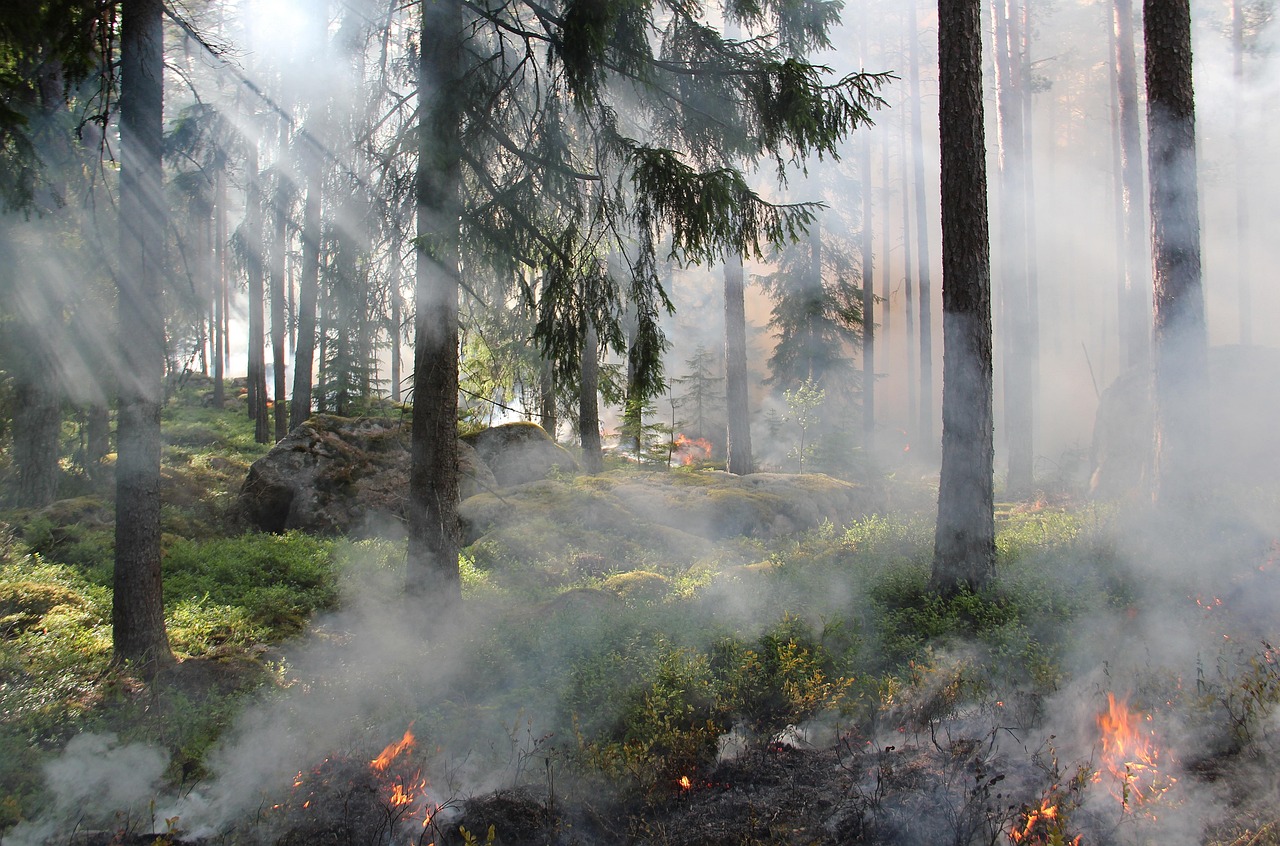
Yard waste fires and improvised pits can violate air rules and seasonal burn bans, especially in wildfire regions. Clearances from structures, spark screens, and water on standby are not optional when embers can travel blocks on a dry wind. Smoke impacts neighbors with asthma, and fines rise quickly when crews respond. Many places require permits for large burns or ban them entirely. Compliant equipment and a weather check turn a casual flame into a legal one.
